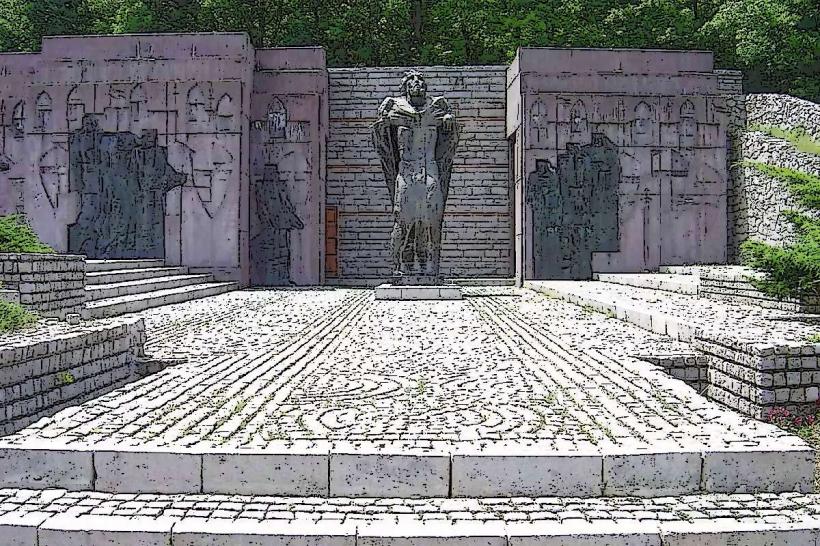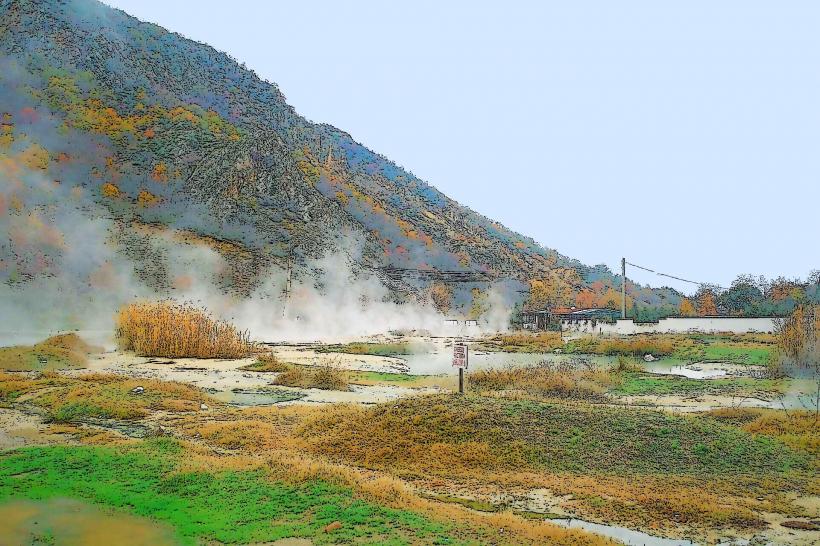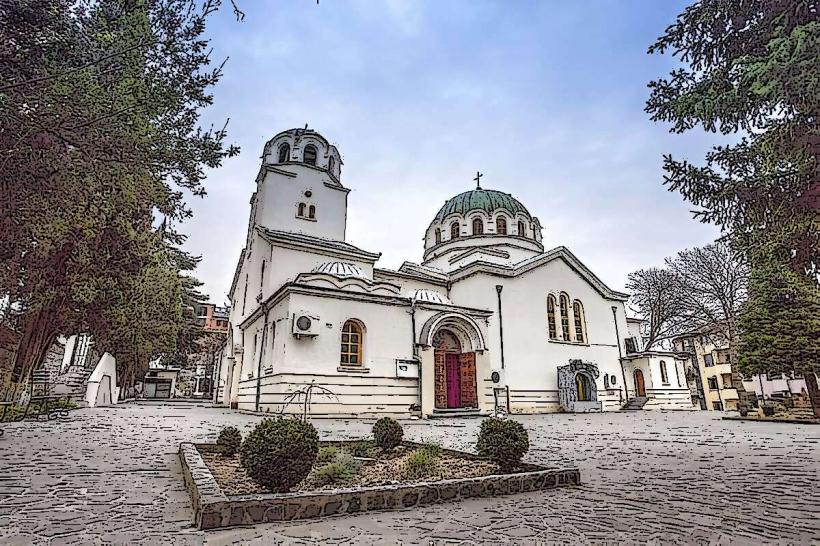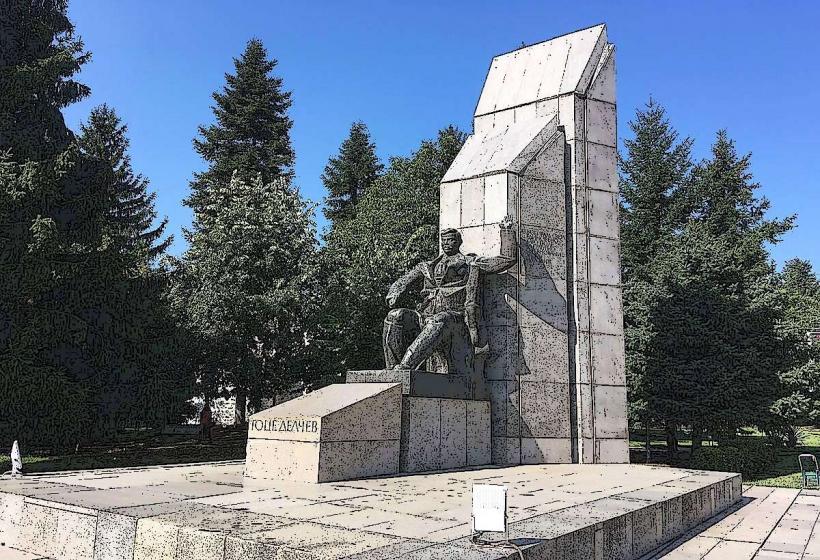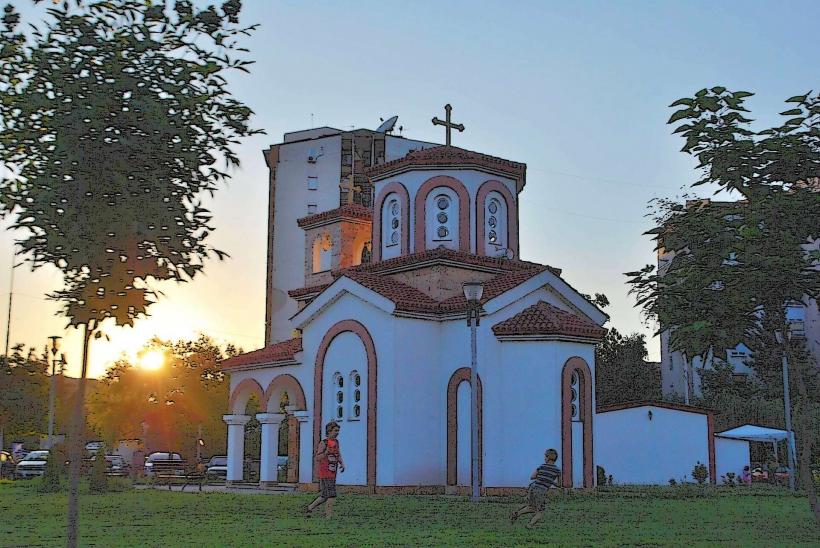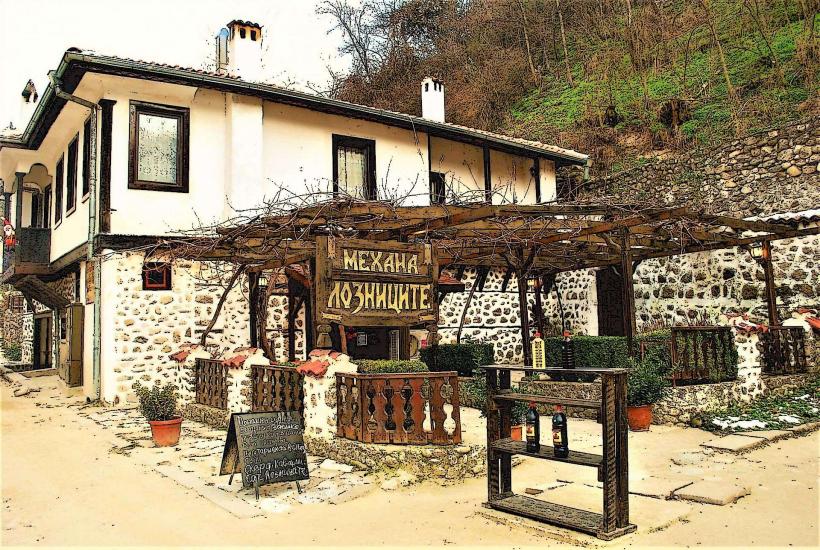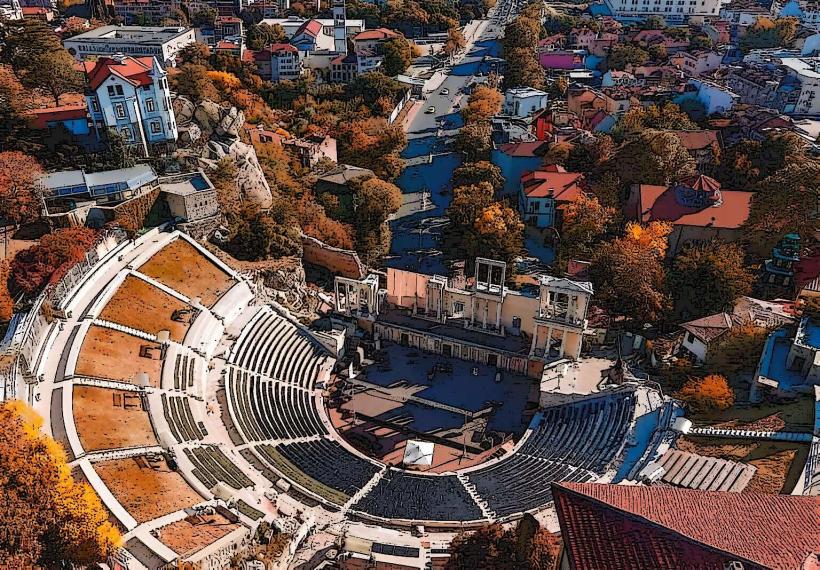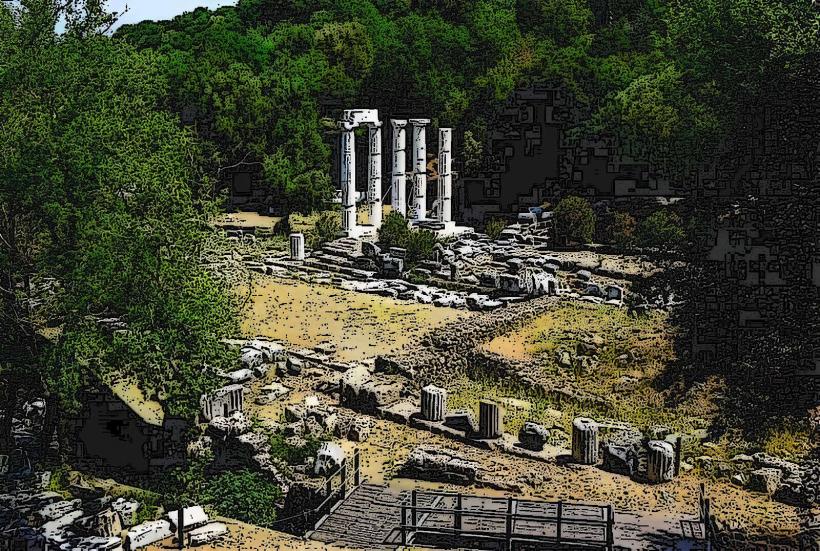Information
Landmark: Archaeological Museum of SandanskiCity: Sandanski
Country: Bulgaria
Continent: Europe
The Archaeological Museum of Sandanski is an important cultural institution in the town of Sandanski, located in the southwestern part of Bulgaria. The museum showcases the rich archaeological and historical heritage of the region, with a particular focus on the ancient civilizations that once inhabited this area, such as the Thracians, Romans, and Byzantines. The museum is a must-visit for those interested in exploring the deep historical roots of Sandanski and the surrounding region.
History of the Museum
The Archaeological Museum of Sandanski was founded in 1975, with the aim of preserving and presenting the historical artifacts and findings from the area. The museum’s collections reflect the diverse cultures that have left their mark on the region, from the ancient Thracian tribes to the Roman Empire, and the medieval and modern periods.
Sandanski’s location near the Pirin Mountains and the Struma River has made it an important settlement throughout history. The museum’s exhibits draw from a wide array of archaeological excavations in the region, including Roman villas, Thracian tombs, and medieval artifacts.
Collections and Exhibits
The museum’s collection includes a variety of exhibits from different historical periods, providing a comprehensive overview of the region’s archaeological significance. Some of the main areas of focus include:
1. Prehistoric and Thracian Artifacts
- The museum features significant finds from the Prehistoric and Thracian periods, including pottery, tools, and jewelry. These items illustrate the daily lives, craftsmanship, and religious beliefs of the ancient peoples who lived in the area.
- Some of the most notable pieces include Thracian bronze weapons, ceramic vessels, and funerary items that reveal the burial practices of the Thracians.
2. Roman Period
- The museum has a large collection of Roman artifacts, reflecting the influence of the Roman Empire in the region. Items such as pottery, stone inscriptions, coins, and architectural fragments from Roman villas and temples are displayed.
- One of the key attractions is the Roman period tombstones and inscriptions, which provide insight into the lives of the local inhabitants during the Roman era.
3. Medieval and Byzantine Artifacts
- The museum also houses a selection of medieval and Byzantine artifacts, including coins, religious icons, and stone carvings. These objects highlight the region’s importance during the Byzantine Empire and its role as a crossroads for trade and culture between East and West.
- Visitors can see Byzantine-era pottery, architectural elements, and fragments of Christian crosses and icons, reflecting the spread of Christianity in the region.
4. Archaeological Findings from Sandanski and Surrounding Areas
- A significant portion of the museum's collection consists of artifacts directly linked to Sandanski and its immediate surroundings. These items include tools, coins, pottery shards, and inscriptions found during excavations in the town itself, shedding light on the continuous human settlement in the area.
5. Temporary Exhibitions
- In addition to its permanent exhibits, the Archaeological Museum of Sandanski hosts temporary exhibitions that focus on specific aspects of the region’s history. These exhibitions often include special collections from other museums or focus on specific archaeological discoveries, further enriching the visitor experience.
Notable Exhibits and Artifacts
Roman Burial Monuments: The museum is home to several Roman burial monuments that were found in the Sandanski area. These tombs provide insight into the funerary practices and social structures of Roman settlers.
Thracian Gold Jewelry: Among the museum's most prized possessions are gold jewelry and ornaments that belonged to the Thracian nobility. These items are crafted with intricate designs and offer a glimpse into the wealth and craftsmanship of the ancient Thracians.
Roman Coins: A collection of Roman coins found in the region reflects the economic and cultural exchange between the Roman Empire and the local inhabitants of the area.
Stone Inscriptions and Architectural Fragments: The museum holds several stone inscriptions and architectural fragments from Roman temples and buildings, many of which offer historical insight into the political and social life of the time.
Byzantine Religious Art: The museum also features Byzantine-era icons and religious artifacts, showcasing the cultural and religious significance of the region during the Byzantine Empire.
Visitor Experience
Exhibit Layout:
- The museum’s exhibits are displayed across several rooms and areas, each dedicated to a different historical period. The museum provides clear and informative descriptions of the artifacts in both Bulgarian and English, making it accessible for international visitors.
Guided Tours:
- For those interested in a more in-depth experience, the museum offers guided tours in multiple languages. These tours provide detailed explanations of the exhibits and the historical context behind the artifacts, enhancing the visitor experience.
Educational Programs:
- The museum also organizes educational programs for schools and visitors of all ages. These programs are designed to help visitors better understand the region’s archaeological and historical significance through hands-on activities and guided discussions.
Museum Shop:
- A small museum shop offers a variety of souvenirs, including books on local history and replicas of some of the museum’s most notable artifacts. Visitors can purchase these items as a way to remember their visit.
Location and Accessibility:
- The Archaeological Museum of Sandanski is located in the town center, making it easy to access for both locals and tourists. It is situated near other landmarks, such as the Sandanski Mineral Baths and the Monument to Gotse Delchev, making it a convenient stop on any tour of the town.
Conclusion
The Archaeological Museum of Sandanski is a fascinating destination for anyone interested in the history and archaeology of southwestern Bulgaria. With its rich collection of Roman, Thracian, and Byzantine artifacts, the museum offers a comprehensive view of the cultural and historical significance of the region. The museum is an excellent place for both casual visitors and history enthusiasts to explore the ancient civilizations that once thrived in the area and to learn about the rich cultural heritage that has shaped the town of Sandanski.

